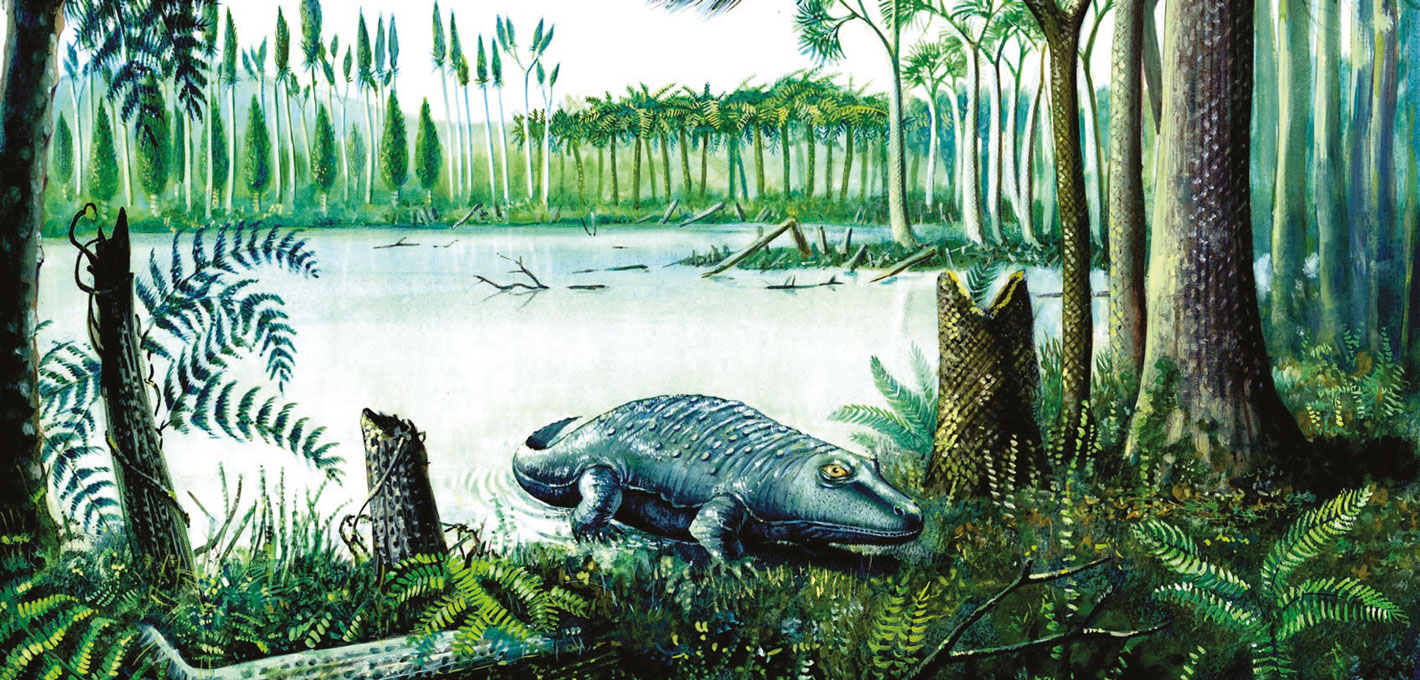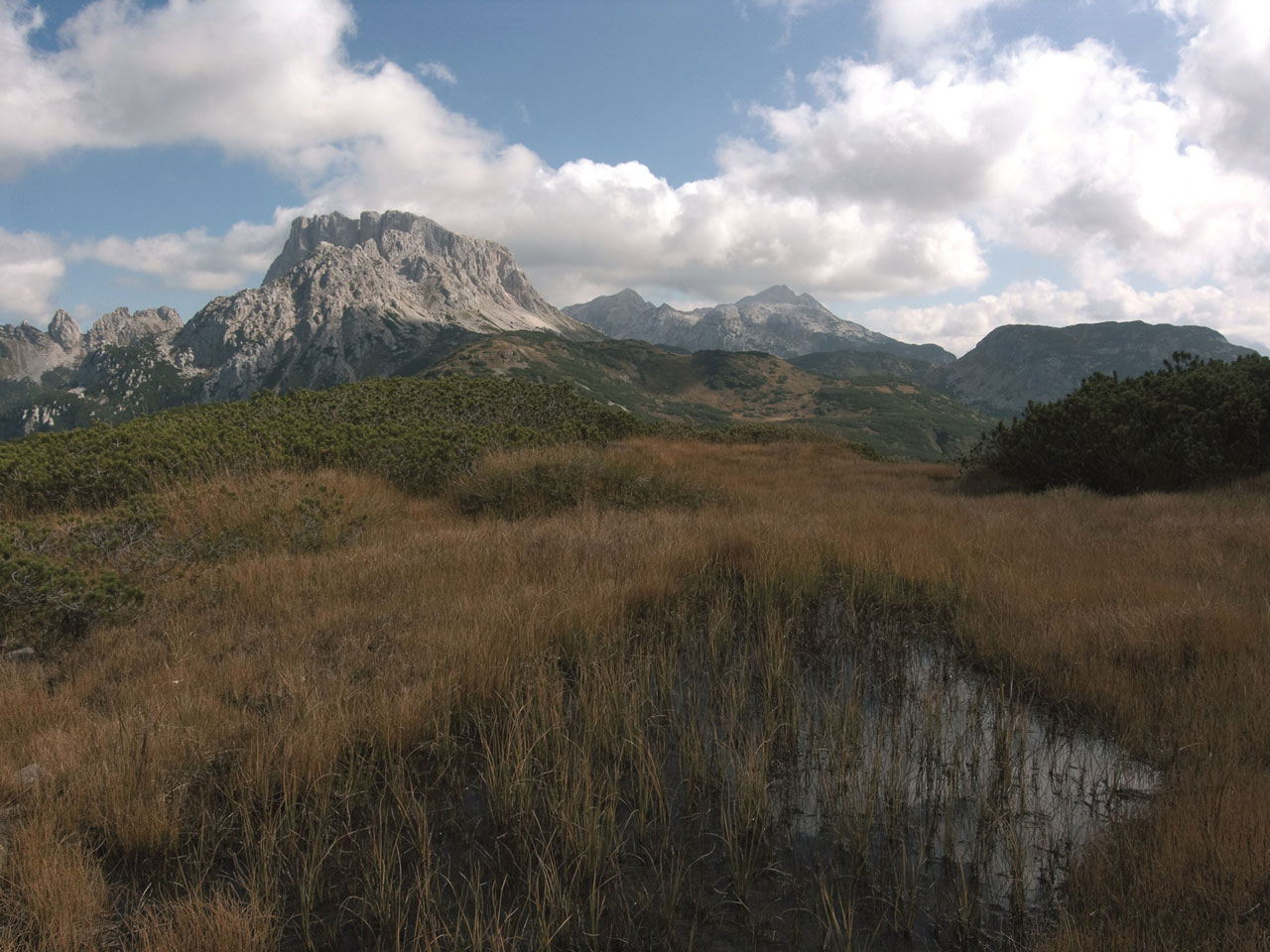Paleozoic Era: Carboniferous
BackDuring the Carboniferous period (from 360 to 300 million years ago), siliceous sands and muds were created through the erosion of ancient mountains. To these were added the layers of submarine volcanoes, due to limited volcanic phenomena.
This period in the Carnic Alps was also characterized by another important phenomenon called the Hercynian orogeny. All the rocks were compressed, squeezed and then lifted in a crustal vice. Where the sea had reigned until now, a low mountain range rose, whose folds and faults are still recognizable today, 320 million years later.
Later, but still in the Carboniferous, the chain was torn by large new vertical faults. Two of these were beginning to isolate an area that began to drop. This is the Lanza-Pramollo-Monte Cavallo-Forca Pizzul sector. In this area more than a thousand metres of fluvial-delta sediments were deposited This is the only fossiliferous rock succession of Permian-Carboniferous age in Europe, which offers the opportunity to compare marine fossils with continental ones, comparing the two age ranges. These fossils are accompanied by plant remains with perfect specimens, particularly “ferns” and horsetails.


